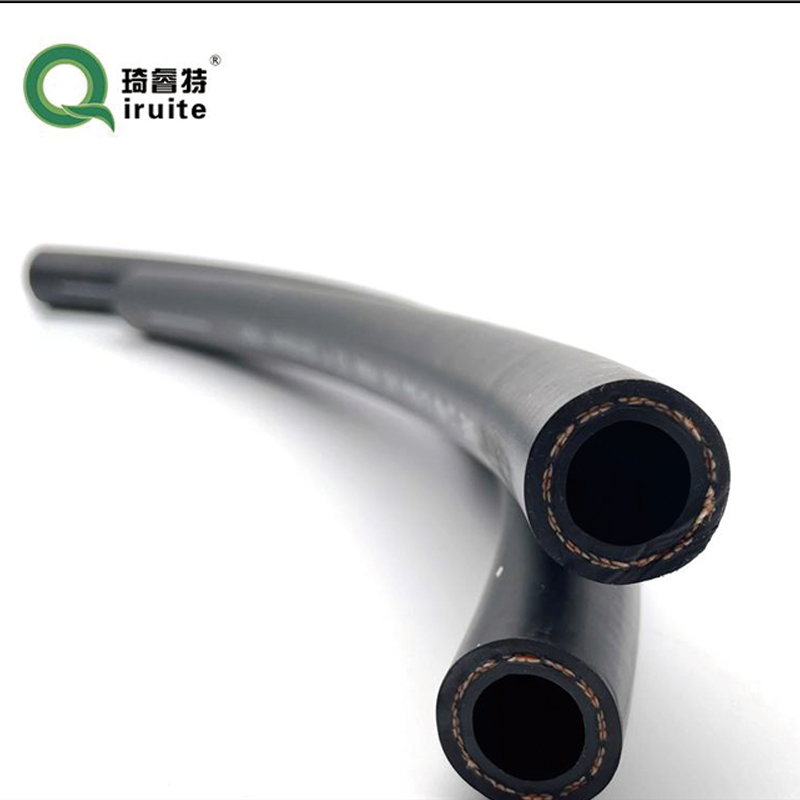High-Pressure Clamps for Safe Power Steering Hose Connections and Performance
High Pressure Clamps for Power Steering Hose Ensuring Safety and Performance
Power steering systems are critical components of modern vehicles, enhancing maneuverability and ease of driving. These systems rely on hydraulic fluid pressure to assist in steering, which in turn requires robust and reliable components to maintain functionality and safety. Among these components, high pressure clamps for power steering hoses play a pivotal role in ensuring that the fluid remains securely contained under the high pressures typically found in hydraulic systems. This article delves into the importance of high pressure clamps, their types, materials, and best practices for installation and maintenance.
Importance of High Pressure Clamps
High pressure clamps are designed to withstand the significant forces exerted by hydraulic fluid as it travels through the power steering hose. The primary function of these clamps is to secure the hoses tightly against the fittings and prevent fluid leaks. A leak in the power steering system can lead to a loss of hydraulic pressure, resulting in steering difficulties and potential safety hazards. Moreover, hydraulic fluid leaks can damage other vehicle components, create slippery surfaces, and cause environmental concerns.
Given these risks, it is essential to use high-quality clamps specifically engineered for high-pressure applications. These clamps not only ensure a leak-free connection but also help maintain optimal fluid flow within the system, which is critical for the performance of the power steering.
Types of High Pressure Clamps
There are several types of clamps available for securing power steering hoses, each designed to meet specific requirements based on the application and environment
1. Hose Clamps These are the most common types used in automotive applications. They typically consist of a metal band that wraps around the hose and a screw mechanism that tightens the band, creating a snug fit. They come in various designs, including worm gear, spring, and constant tension clamps.
2. Bolted Clamps For high-pressure applications, bolted clamps provide a higher level of securement. These clamps use bolts to hold the hose and fittings together tightly, making them suitable for heavy-duty applications where high fluid pressures are a concern.
3. Wire Rope Clamps These are particularly useful in situations where traditional clamps may not fit well or where a significant amount of tensile strength is needed. Wire rope clamps can provide strong holding power and are often adjustable for different hose sizes.
4. Crimp Clamps Used extensively in hydraulic systems, crimp clamps are permanently attached to the hose using a crimping tool, providing a very robust and leak-proof solution. They are ideal for high-pressure and high-temperature environments.
Materials Used in High Pressure Clamps
high pressure clamps for power steering hose

The choice of materials for high-pressure clamps is crucial to their performance and durability
. Common materials include- Stainless Steel Known for its resistance to corrosion and high strength, stainless steel is often the material of choice for clamps in automotive applications. It provides excellent longevity and reliability.
- Carbon Steel While not as resistant to corrosion as stainless steel, carbon steel can be an economical choice for less demanding environments. These clamps are often coated to offer some level of corrosion resistance.
- Plastic and Composite Materials In some applications, lightweight and resistant materials such as nylon or other composites may be used. These materials minimize weight and can provide adequate strength for certain low-pressure applications.
Installation and Maintenance
Proper installation of high-pressure clamps is essential to ensure a leak-proof connection. Here are several best practices
1. Clean Surfaces Ensure that the surfaces of the hose and fitting are clean and free from debris to facilitate a tight seal.
2. Correct Sizing Always select the appropriate size of clamp for the hose diameter. An ill-fitting clamp may not provide adequate pressure or may damage the hose.
3. Tightening Follow the manufacturer’s specifications for tightening the clamps. Over-tightening can lead to hose damage, while under-tightening may result in leaks.
4. Regular Inspections Regularly check the clamps and hoses for any signs of wear or leakage. This preventative maintenance can help identify issues before they become serious problems.
Conclusion
High-pressure clamps for power steering hoses are vital components in ensuring the safety and performance of a vehicle's power steering system. By selecting the appropriate type and material and adhering to best installation practices, vehicle owners and technicians can help maintain the functional integrity of the steering system, enhancing both safety and driving experience. Regular maintenance and timely replacements of these clamps can prevent potential hazards associated with hydraulic fluid leaks, ensuring that the steering system functions smoothly and effectively.
-
Ultimate Spiral Protection for Hoses & CablesNewsJun.26,2025
-
The Ultimate Quick-Connect Solutions for Every NeedNewsJun.26,2025
-
SAE J1401 Brake Hose: Reliable Choice for Safe BrakingNewsJun.26,2025
-
Reliable J2064 A/C Hoses for Real-World Cooling NeedsNewsJun.26,2025
-
Heavy-Duty Sewer Jetting Hoses Built to LastNewsJun.26,2025
-
Fix Power Steering Tube Leaks Fast – Durable & Affordable SolutionNewsJun.26,2025

